
Mental health and adolescence suicide cases
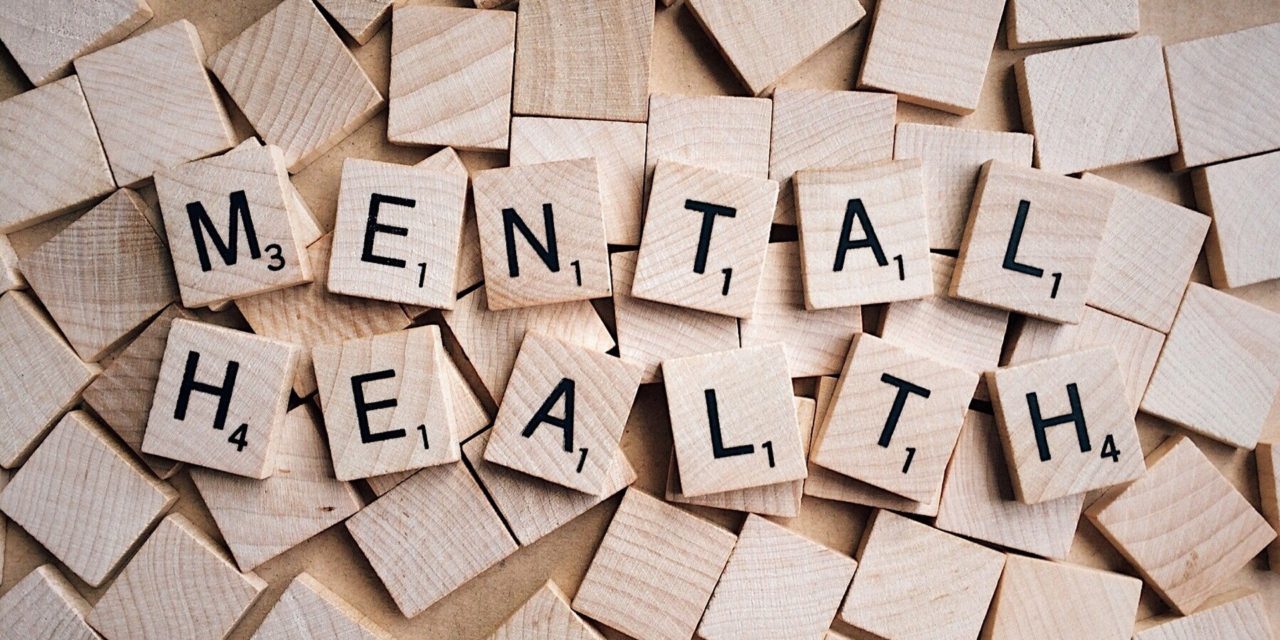
By Murani Hillary
Suicidal disclosure should not be assumed to be mere threats but a cry for help by those who are in distress and at high risk of committing suicide.
Nearly 800,000 people die due to suicide every year, which is one person every 40 seconds. This is according to the World Health Organization -WHO on mental health.
Suicide is a global phenomenon and occurs throughout the lifespan. Effective and evidence-based interventions can be implemented at population, sub-population and individual levels to prevent suicide and suicide attempts. There are indications that for each adult who died by suicide there may have been more than 20 others attempting suicide. WHO remarks.
According to the WHO Global Health Observatory Data repository, cruse suicide rate per 1000 population in 2016 by ages between 10 and 19 Kenya was at 1.4 for both sexes with males being highest at 2.4 and females 0.5
Depression and other mental health conditions have been identified to be a leading cause to suicide cases. Other reasons include financial problems, relationship break-up, life stresses, and illness. Further, cases of suicide are also high among people in conflict, disaster, and violence-stricken areas as well as vulnerable groups such as the LGBTI community, refugees, and prisoners.
A Report by standard, shows a series of documented suicide cases where nearly 20 university students across the country committed suicide between the year’s 2014- 2018. On April 2, 2018, Kelvin Mugendi, a second year Computer Science student at Chuka University committed suicide after his love life went sour. The 22-year-old, left a note recounting the romantic moments he shared with his girlfriend Stella but never lived to see its fruition.
Three weeks later, on April 23, 2018, the decomposing body of Michael Gikonyo, a second year Computer Science student at Chuka University and a classmate of Kelvin Mugendi, was found hanging from a mango tree near the university’s hostels. An incident that was confirmed by Chuka OCPD Barasa Saiya.
Then there was the case of Derick Kiprop, a Software Engineering student at Muranga University who allegedly had a quarrel with his girlfriend, a mathematics and economics student at the same university. That night, 21-year-old Kiprop ingested poison. He was later found writhing in pain along the hostel’s stretch.
On September 14, 2017, Stella Karanja, a fifth year medical student at Kenyatta University took her life after leaving behind a note that had instructions including who should carry her casket. There was another case in July 2016, where another Kenyatta University student hanged himself behind his mother’s house after losing his school fee equivalent to Sh80, 000 in a football bet.
In December the same year, Simon Njung’e, a fourth year Kenyatta University IT student, hanged himself inside his house.
In a 2020 World Suicide Prevention Day press statement, the Kenya National Commission on Human Rights- KNCHR noted that in Kenya, 1,442 persons were reported to have committed the crime of attempted suicide between 2015 and 2018, Stating that the Kenya National Police Service annual crime reports reveal the figures for the crime of attempted suicide was higher coming second to murder in the homicide category.
According to the 2020 KNBS Economic Survey, 196 cases were reported in 2019 with the figures revealing that the number was four times higher for men than women. These figures provided a conservative picture on the magnitude of suicide since only a fraction of cases were reported while an even bigger number contemplate suicide. Noted KNCHR
According to the statement, Kenya’s Mental Health Taskforce Report revealed that mental illness accounts for 13% of the entire disease burden in Kenya. Suicide is the last resort and path of escape for individuals with unaddressed mental health needs, given the significant barriers that exist including stigma and limited access to mental health services in communities. Noted KNCHR
According to the Kenya National Commission on Human Rights- KNCHR, ‘‘Research has shown that structural determinants of mental ill health such as extreme poverty, lack of access to empowerment opportunities and discrimination increase the likelihood of individuals committing suicide. Unfortunately, suicide prevention measures in Kenya have often failed to address these root causes and instead incorporated fewer effective approaches including punitive measures. Section 226 of the Penal Code, for instance, criminalizes attempted suicide, causing re-victimization of already vulnerable victims and placing those who are already socially and economically disadvantaged at even greater disadvantage.’’ Lamented KNCHR
Last year President Uhuru Kenyatta called for the implementation of mind education as a way to scale up psychosocial support for the youth following a series of protests and petitions by human rights groups to declare mental health a national crisis.
Zakia Rashid a psychologist said, ‘’ I feel it is a too late approach. This is because even during this pandemic, no proper mechanisms have been put in place to offer Kenyans the psychosocial support they desperately need, and the services of counsellors have not been fully tapped! People are suffering in silence, experts are out here, but the connection between the two is not there!’’ she quipped
Zakia noted that ‘’ If the president wants to help Kenyans in the area of mental health the counsellors and psychologist act of 2014 should be implemented and allow mental health professionals to be recognized as those offering essential services in the society.’’ … ‘’Additionally, counselling psychologists are employed in all learning institutions in Kenya and are independent in offering their services, not playing dual roles of teacher/counsellor, and then, only then, can mind education and life skills be taught to top up the knowledge. In fact, what is taught in prison is mindful and self-compassion course, which can be very well taught in schools.’’ She remarked.
Occupational therapist Jackson Wachenje pointed out that, ‘’ Mental health has been a silent killer disease that has been overlooked for many years. In Kenya and African countries, it’s underfunded in government’s budgets hence difficulty to cater for upsurge of mental disorders and their management. There’s inadequate professionals to manage the condition in Kenya with only 100 psychiatrics for a population of 50 million.’’ He remarked…. ‘’ Other professionals like Nurses, occupational therapists, clinical psychologists and social workers are also inadequate to handle these conditions. COVID-19 has aggravated the situation with more cases of mental cases reported due to economic crisis and unemployment with domestic violence increasing daily.’’ Noted Wachenje.
While speaking to the standard, Dr. Chitayi Murabula, a Medical Doctor and Mental Health Advocate, says it is not surprising that suicide is the second leading cause of death among youths aged 15-29 years.
He notes: “Studies have shown that most mental disorders such as schizophrenia, depression and bipolar mood disorder begin to develop in the late teens and early 20s. Many youths are also experimenting with various substances such as alcohol, marijuana and khat. The amalgamation of these and other factors make youths vulnerable to suicidal behaviour.”
A new study on the COVID-19 pandemic in Nairobi, Kenya, found out that the pandemic’s social and economic impact on adolescents and young adults is highly gendered, with young women and girls most affected.
The study which was conducted by Performance Monitoring for Action (PMA) in collaboration with the International Centre for Reproductive Health Kenya (ICRHK), Kenyatta University, and a multidisciplinary team of Johns Hopkins University faculty found out that COVID-19 restrictions have had critical impacts on their livelihoods and family life Gender differentials are evident.
The study showed that ‘Young women report significantly more time spent on caregiving and household responsibilities as compared with young men, while young men are more likely to have given up schooling for income generation. The majority of youth (94% of women and 95% of men) experienced disruption to their formal employment or informal income generation (such as street vending), with over half (54%) of women reporting an increase in financial reliance on others since COVID-19 restrictions began, compared to 36% of men.’
The study goes on to say, ‘Due to loss of income and lack of job opportunities, youth are experiencing profound financial and social distress, which has serious implications for health and safety. About half of young men and women (45% and 53% respectively) have not been able to meet their basic needs (i.e. food, rent) since the COVID-19 restrictions began. These resource constraints have exacerbated transactional sex and violence for young women in Nairobi. More than one third (36%) of young women reported one or more transactional partnerships in the past year, with financial dependence on those relationships increasing since COVID-19 restrictions.’
According to the study, Intimate partner violence (IPV) has also been intensified by the COVID-19 situation. Among young women experiencing IPV both prior to and during COVID-19, almost half (49%) reported an increase in IPV intensity since COVID-19.
Dr. Leah Wanjala, Senior Lecturer at Kenyatta University, while responding to researchers explained that “intimate partner violence is a very silent issue” among youth and the larger Nairobi community.
Noting that “A lot of students in our institutions of higher learning have [faced] intimate partner violence… How can we stop intimate partner violence? She posed… We need to go to the youth.” While youth expressed concern about sexual violence in the community, and at home, partner sexual violence was more commonly reported than sexual violence from non-partners.
The World Health Organization (WHO) in its constitution of 1948 defines health as “a state of complete physical, mental and social well-being and not merely the absence of disease or infirmity”
Mental health is a key determinant of overall health and socio-economic development. It influences a variety of outcomes for individuals and communities such as healthier lifestyles; better physical health; improved recovery from illness; fewer limitations in daily living; higher education attainment; greater productivity, employment and earnings; better relationships with adults and with children; more social cohesion and engagement and improved quality of life (WHO: 2009).

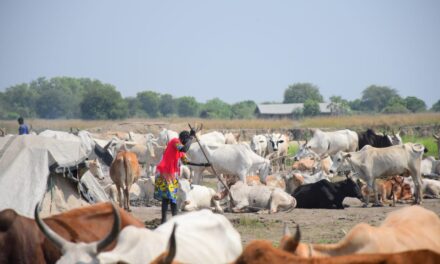

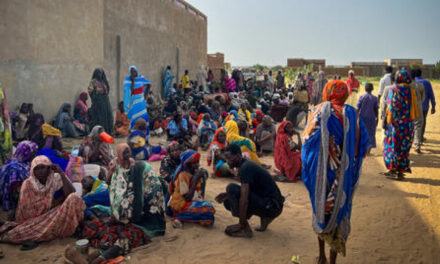


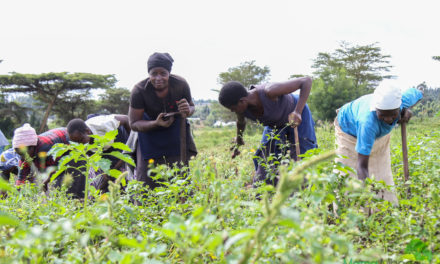
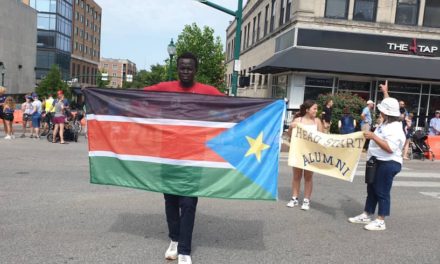

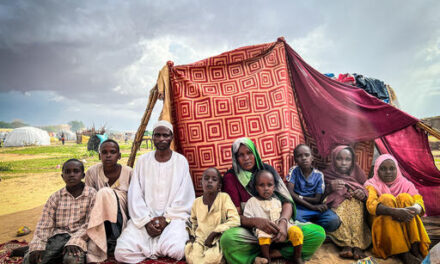
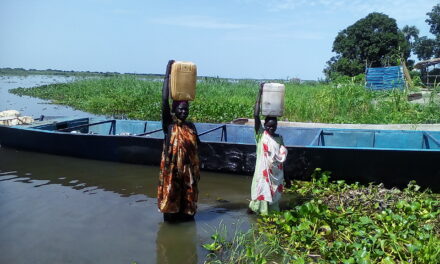




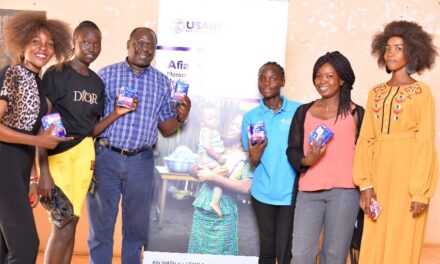

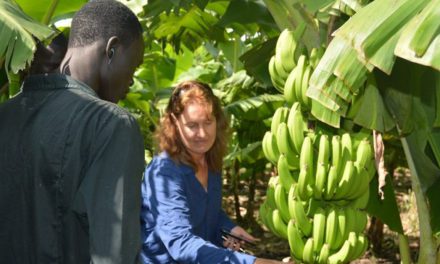



Recent Comments